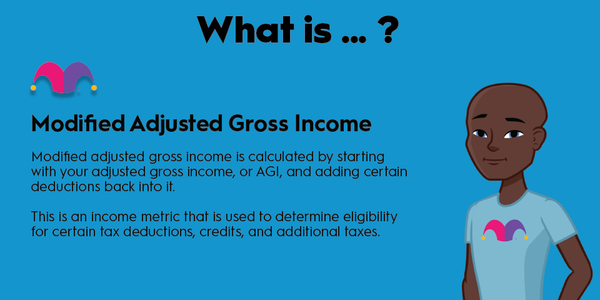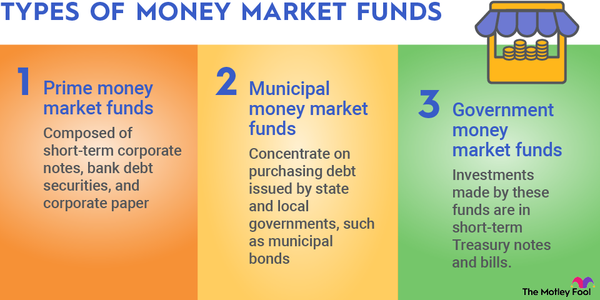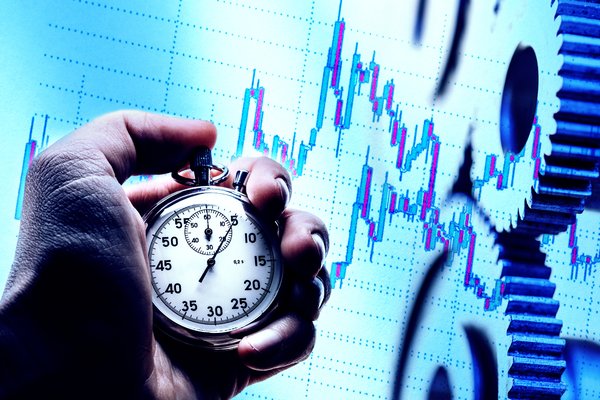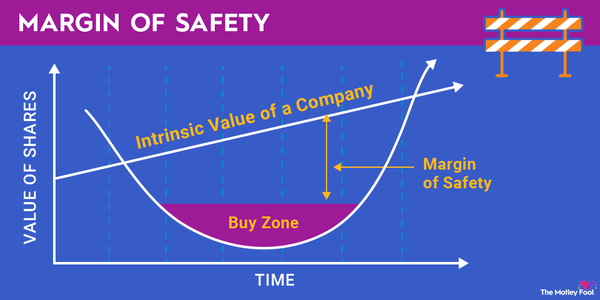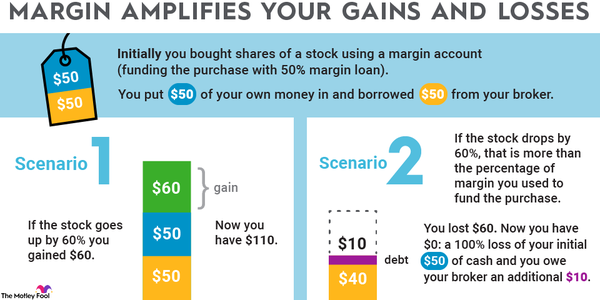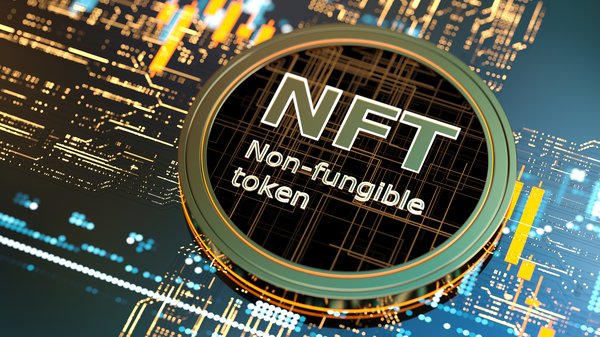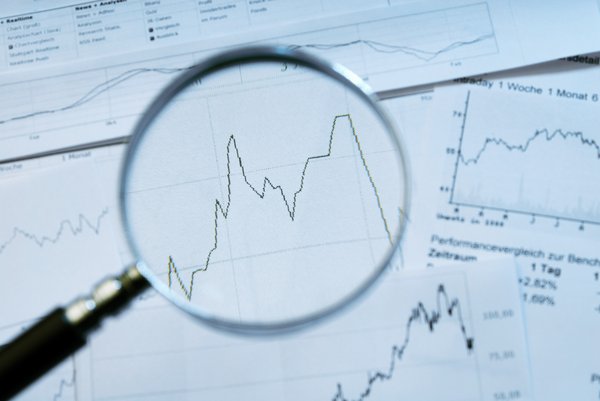If you invest in the stock market, you probably know that there are different types of orders you can place in order to buy and sell a stock.
Investors use different kinds of orders depending on their personal preference or their underlying strategy.
One of those is a market order, which is one of the more popular types of stock market orders. Here's how it works.
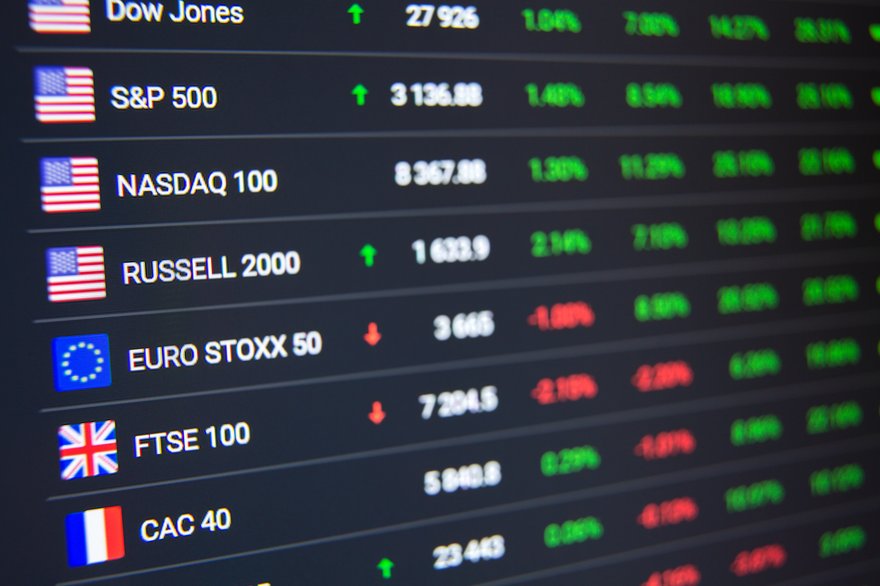
Market order: Definition
What is a market order, exactly?
A market order allows an investor to buy a stock or another asset sold through a brokerage like an option, exchange-traded fund (ETF), or a bond at its current market price.
It differs from the primary alternative, the limit order, which gives investors more control over how much they pay for a stock. With a limit order, investors can set a range of high and low prices for buying or selling a security.
A market order, on the other hand, will simply be executed at the current stock price. It's faster than a limit order but gives the trader less control over the price.
Advantages
What are the advantages of a market order?
Like anything else in investing, there are pros and cons to a market order.
The biggest advantage of a market order is that it will be executed quickly. The order will be placed and filled at whatever the current bid or ask is on the stock.
Because it can be executed quickly, the market order is also often the best choice for highly liquid stocks when bid/ask spreads are narrow. With these kinds of stocks, the difference in price between a market order and a limit order is likely to be minimal, so putting in a market order can help investors streamline the process and not distract themselves with inconsequential decisions.
For that reason, day traders or investors making several trades at once may prefer to use market orders so they know they will be executed and they can move on to their next trade.
Risks
What are the risks of a market order?
Because you can't control the price of a market order, the biggest risk is that the price of the stock that you're buying or selling moves significantly against you just as you're putting in the order.
For example, let's say you want to buy a stock that's trading at $10 a share. You put in a market order, hoping to buy the stock for $10. However, when you put in the order, the stock suddenly jumps to $10.50 a share.
You would end up paying $0.50 per share more for the stock than you intended, and you may have decided against buying the stock if you knew you were going to have to pay that much.
While a stock is unlikely to move that much between the time that you start placing the order and the time that the order is executed, smaller movements are common, and those may be frustrating if the stock moves against your position.
If you're price-sensitive about the stock or asset you're buying, you're better off using a limit order or a similar kind of order to ensure that you can control the sale or purchase price
Related investing topics
Example
What's an example of a market order?
Placing a market order is mostly straightforward.
You find a stock you want to buy. Let's say it's Apple (AAPL -0.35%). You then open up your brokerage app and place a buy order. You don't have to worry about the price of the order since a market order will be executed automatically.
Depending on the size of the order, it may be filled at once or in a few different trades as the brokerage finds sellers for you. While you don't put in a price to buy it, you should check the price of the stock before you enter the market order to make sure you pay something close to the current trade price.
Whether you use a market order or a limit order, it's worth paying attention to trends in trading volume since stock market gains on increasing volume are often indicative of a bull market.
2023 has already been a promising year for stocks, driven by a resilient economy and the emergence of artificial intelligence. If you want to make sure you don't miss out on any potential gains, using a market order is the best way to execute trades.


